Beagles are small dogs that were originally used to track and hunt small game such as rabbit. These days they are among the most popular breeds in the United States and are often described as being friendly, loyal family companions.
Do they shed much? Beagles are a double-coated breed that sheds a moderate amount of fur, so they’re not ideal for people who want a “non-shedding” dog or one that is “hypoallergenic” either. But they are very easy to groom.
Let’s take a closer look at how much hair Beagles shed and what they’re like to brush and groom, so you know what to expect before adopting!
Recommended: Go here to see our top-rated dog hair blow dryers
Guide to Beagle Shedding
Beagles are a moderate shedding breed.
So if you do decide to adopt a Beagle, chances are you will notice some fur around the home on a regular basis.
They don’t shed as much as breeds like the Siberian Husky, which is a very heavy shedder with a thick, woolly coat. Or Labs which have shorter coats but shed just as heavily. However, they do shed more than breeds like the Chihuahua and Boston Terrier.
It’s a common myth that dogs with short coats don’t shed, they do. Large or small, short or long hair, double or single-coated, dogs shed. And all of these can shed heavily.
And the reason is because shedding is a very normal, natural process. Like humans, dogs have hair that gets old and needs to be replaced. This is known as the hair growth cycle and it involves three main stages (anagen, catagen and telogen). The faster a dog progresses through this natural cycle, the more fur they lose.
Another factor that causes shedding has to do with the seasons.
Like most dogs, Beagles tend to shed heavily once or twice a year due to seasonal shedding. This is simply a dogs way of adjusting to the changes in season. For example, most dogs shed their winter coat in spring/early summer as it’s no longer needed. And this period of seasonal coat blow normally lasts for about two-to-three weeks depending on the individual dog.
Related: Do Basset Hounds Shed Lots?
Sometimes, however, excessive shedding can be caused by things such as allergies, fleas or an underlying health issue. So it’s not always “normal” and can sometimes be cause for concern. In which case the best option may be to contact a qualified veterinarian.
Molting is normal in most cases though. And while you can’t stop it from happening, there are some ways you can reduce it and manage it so that you spend less time vacuuming up all those dead hairs. And one of the main ways to do this is through proper grooming.
Grooming Your Beagle
Grooming a Beagle is fairly easy.
They have short, smooth double coats that come in a variety of colors. A double coat simply means they have two layers of fur instead of just one (an outer coat and undercoat).
Dogs with undercoats do tend to shed more heavily during seasons like spring and fall, and therefore the brushing during these times can be a little more intensive than a single-coated dog. But overall brushing is a fairly simple process with a Beagle.
Brushing once or twice a week with a bristle brush or rubber hand mitt is normally enough to maintain their coat and keep the dead hairs at bay. During shedding season, however, a quality deshedding tool can make a big difference. Simply because these are better at reaching down to the undercoat and removing more dead fur in less time.
And Beagles are a fairly clean dog, too.
So they typically don’t need to be bathed very often unless they’ve rolled in something smelly. Or if they’ve been swimming in salt water, in which case rinsing them off with fresh water can help keep their skin from drying out and getting irritated.
That’s really all there is too it.
Dogs with short fur, like the Beagle, really don’t need much special attention when it comes to brushing and bathing. Nor do they need regular clipping or trimming as some dogs. So they do shed some fur, but because of how easy they are to groom, it’s very manageable.
That said, there are some other ways you can both reduce the molting and limit how much of their fur falls off of their coat. And in the next section, we’ll explore these further.
Managing the Shedding
You can’t completely stop any dog from shedding. This is very normal and natural, so some level of molting is to be expected. However, there are some ways you can win the battle and these mostly come down to things like proper nutrition and grooming.
Here are the main ways to combat shedding:
- Brushing: Brushing can help prevent excess shedding because, when you brush, you are spreading the oils of your dog’s skin and improving the condition of his coat. And of course, brushing helps remove the dead hair from the source before it fills your home.
- Bathing: Beagles don’t need regular baths, but during shedding season this can help remove a lot of the old fur, especially prior to a thorough brushing. Just be sure to use a good quality dog shampoo that doesn’t dry out his skin and hair, and avoid over bathing.
- Nutrition: Making sure your dog is eating properly is not just good for his overall health and wellbeing, it can also improve his coat and therefore limit shedding. No dog food is going to stop shedding completely but it is something that can make a big difference, so it’s worth speaking with your vet to select the most optimal dog food for your dog. And, as always, make sure he has access to clean drinking water at all times.
- Vacuuming: One thing you will notice if you adopt a Beagle is that, while the shedding isn’t as noticeable as longer-haired dogs, their fur tends to needle its way into your carpet quite well. So it might pay to upgrade your vacuum cleaner or get an attachment for your existing one, as this may well save you some time.
There are other ways to reduce shedding but these are the basics and by getting these dialed in, chances are you’re going to notice a lot less fur floating around the home.
Bottom Line
Beagles make great hunting dogs, as well as friendly, loyal family companions. But like most dogs, they shed. Just not as much as larger hounds, like the Foxhound. But it is enough that you will notice some hair on your floors and furniture, especially during shedding season.
Either way, it’s fairly easy to manage through things like proper grooming and nutrition. But if you are looking for a dog that is very low shedding or a breed that is hypoallergenic, he may not be for you. Not to mention, he’s a barker, so this may be something to consider if you’re looking for a quiet, low molting breed.
Either way, I hope you found this article helpful!
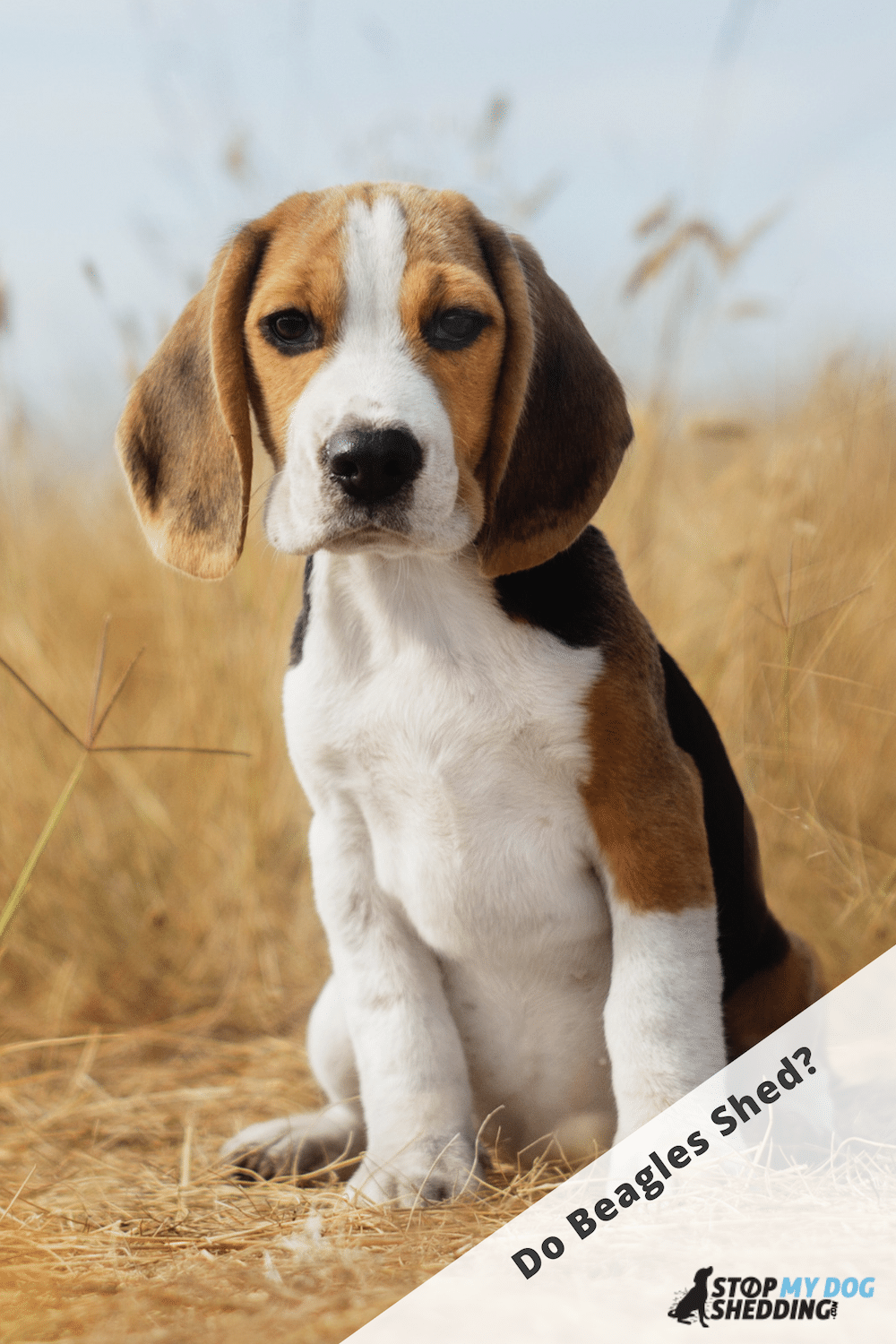





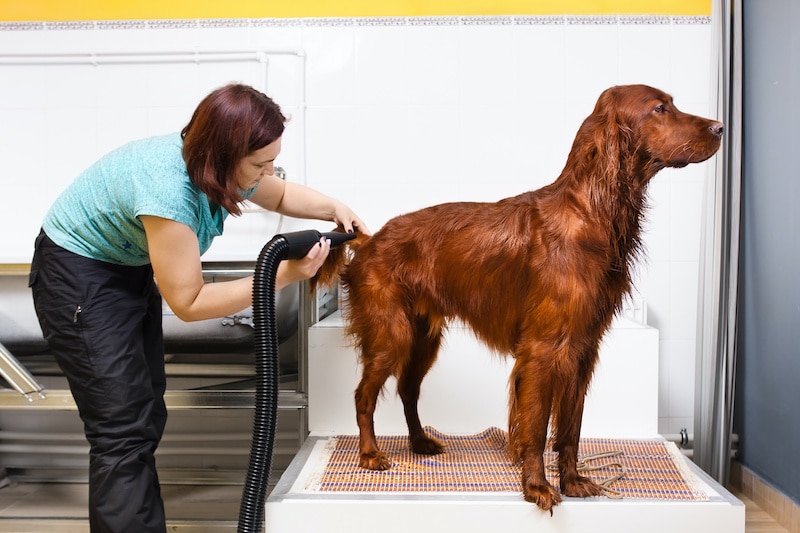
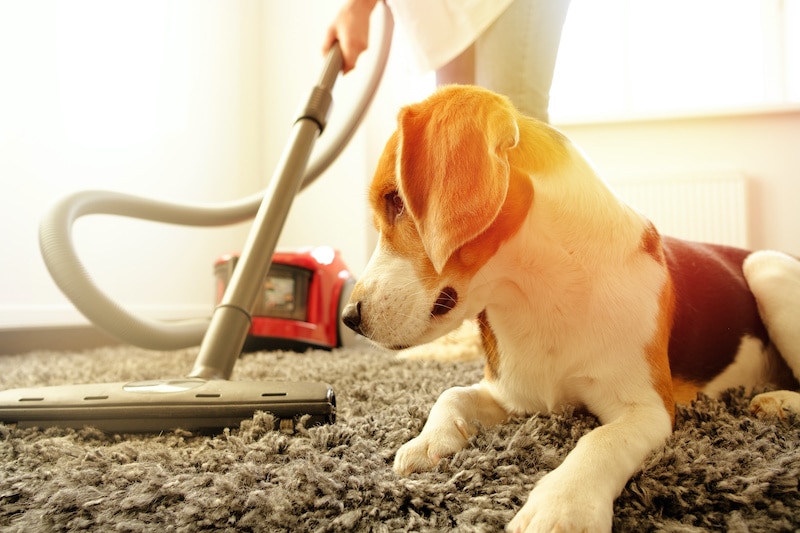

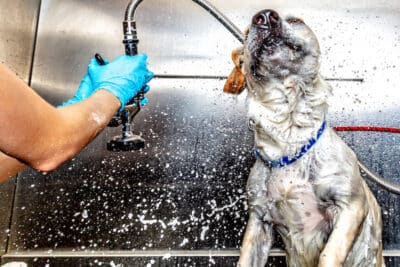
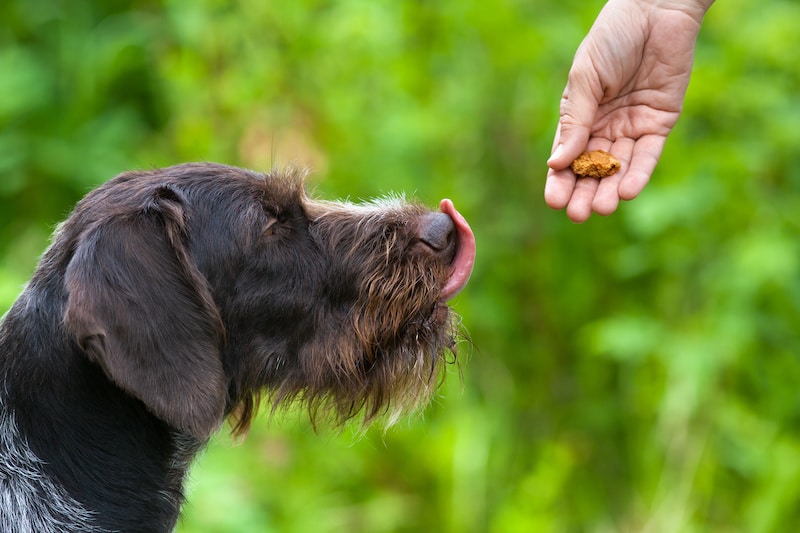

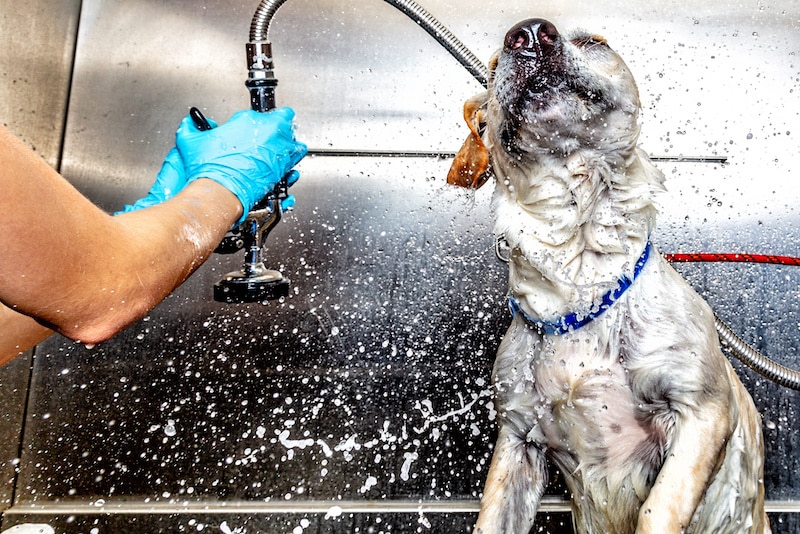
Please note: By submitting a comment using the above comment form, you confirm that you agree with the storage and handling of your data by this site as detailed in our Privacy Policy.